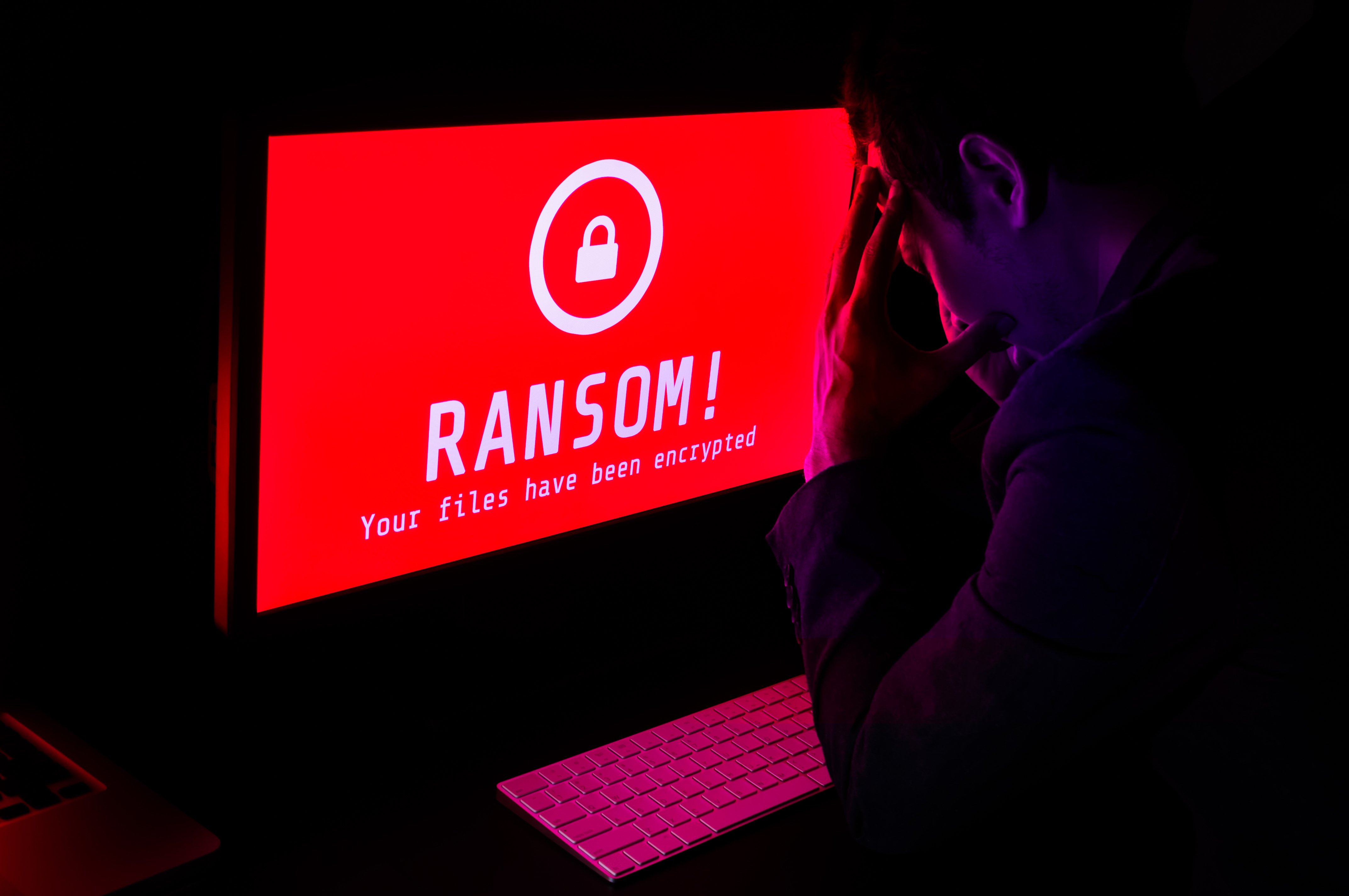
Around 68.5% of businesses worldwide experienced a ransomware attack in 2021, according to Statista. During the COVID-19 pandemic, nearly 85% of data breaches involved defrauding humans.
These cyberattacks can be carried out in several ways. In many cases, your files will be held hostage until you pay a ransom to the malicious actor who executed the attack. These incidents cause costly disruptions and compromise critical data.
Ransomware attacks are on the rise, so it's critical to learn how they work and what measures you can take to detect and prevent them. Understanding how ransomware attacks work can help individuals and organizations better protect themselves from becoming victims.
Basic Overview of Ransomware Attacks
Executing a ransomware attack can deliver a huge payday from a hacker's perspective. Malicious actors rely on this method to force companies to pay hundreds, even hundreds of millions, of dollars in ransom.
No organization wants to turn over large amounts of money, but that's the main reason hackers use this attack method. The worst part is there's no guarantee the encrypted data will ever be recovered.
In some instances, hackers choose to hold on to the decryption key, leaving companies without their sensitive data. Businesses can even face fines if they lose sensitive information.
Understanding the Five Steps of a Ransomware Attack
Navigating a ransomware attack is difficult. However, a good step companies can take is to learn more about how these hacks work to ensure the right protective measures are in place.
While the details of individual ransomware attacks will vary, each attack typically follows the same five-step process.
Step 1: Infection
Hackers will use common infection methods like phishing, online chats, security holes or USB drives to access a machine or data before launching a ransomware attack. Maintaining a strong cybersecurity posture can prevent these infection methods from working for hackers.
Step 2: Security Key Exchange
Once hackers gain access, they will attain a security key to infiltrate data, applications or other online systems. The security key is something only the hacker knows. When a target is infected, the attackers are alerted and keys are exchanged.
Attackers generate and embed public keys when they create ransomware. After gaining access to the victim's system, it encrypts the files using a symmetric key. The hacker then uses the public key to decrypt the symmetric one and follows up by decrypting the target files. This exchange is required before encryption can occur.
Step 3: Encryption
Once identified, critical data is encrypted, making it inaccessible to victims if they do not have the decryption key. It has no value to the company if it cannot be decrypted, which is why hackers will continue to the next step.
Step 4: Extortion
Hackers will demand a ransom of a specific amount and typically include a note containing urgent, threatening language to urge the victim to make the payment. Often, criminals require payment in cryptocurrencies like Bitcoin or Ethereum because it is difficult to trace and accessible.
Organizations with the most sensitive data will sometimes pay the ransom quickly because their reputation and client trust are at risk. Occasionally, hackers will use "double extortion" tactics, where they threaten to expose data to the public, adding to the pressure on companies to pay.
Step 5: Recovery
Depending on the scenario, it may or may not make sense to pay the ransom. It does not guarantee that data will be recoverable, and it may encourage more cybercrime.
These are some other ways companies can recover:
- Search for decryption keys online, as they are free and often work to decrypt data.
- Try to negotiate with the cybercriminal before paying.
- Ask if you can have your files decrypted before making the ransom payment.
- File a complaint with the FBI's Internet Crime Complaint Center (IC3), which will instruct you on how to proceed.
The Importance of Ransomware Attack Protection and Detection
There are a few ways to protect your organization from ransomware attacks, including increasing visibility, adopting segmentation policies, using IDS and malware detection software, and leveraging deception tools.
Here are other ways to protect yourself from a ransomware attack:
- Endpoint protection
- Patch management
- Data backup
- Email protection
- Network defenses
Investing in the best ransomware detection and protection tools can help your security team maintain a good posture in a high-risk environment.
Do's and Don'ts Surrounding Ransomware Attacks
Here are some basic do's and don'ts concerning ransomware attacks.
Do's
- Implement multi-factor authentication
- Use security software
- Keep software and applications updated
- Utilize biometrics for simple, highly secure authentication
- Back up important data
- Use cloud services
Don'ts
- Automatically open email attachments
- Use short, common, duplicate, or easy-to-guess passwords
- Pay the ransom
- Let the attack get worse
- Provide sensitive data to unauthorized sources
- Run backups during a ransomware attack
More ransomware attacks are cropping up, especially as the COVID-19 pandemic persists. Remaining vigilant against these attacks will help protect your organization.
Understand How Ransomware Attacks Work
Ransomware attacks shut down computer systems and render files inaccessible until a ransom is paid. The five steps of a ransomware attack include infection, security key exchange, encryption, extortion, and recovery. Following the do's and don'ts listed above when experiencing a ransomware attack is highly suggested.
Always consider cybersecurity best practices to increase your protection and decrease the risk of being victimized by a ransomware attack. Interested in hearing how we at BIO-key approach cybersecurity against potential ransomware attacks? Check out how we utilize Identity-Bound Biometrics and other forms of multi-factor authentication to provide the strongest possible security solutions.